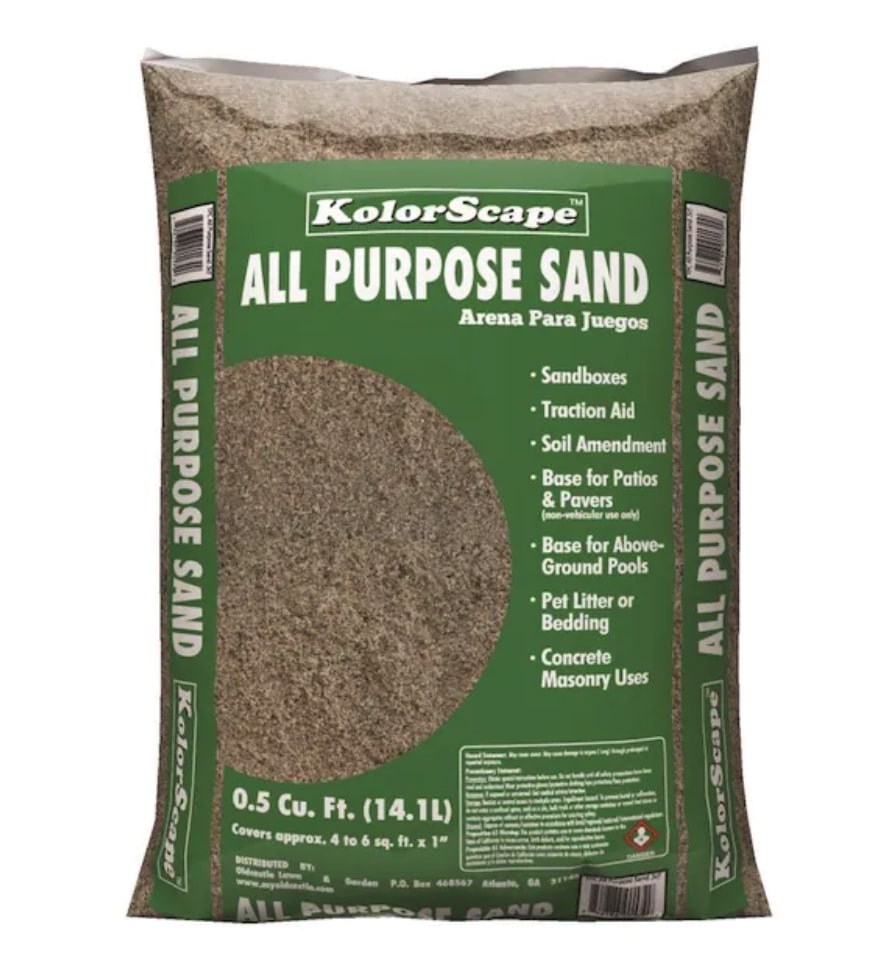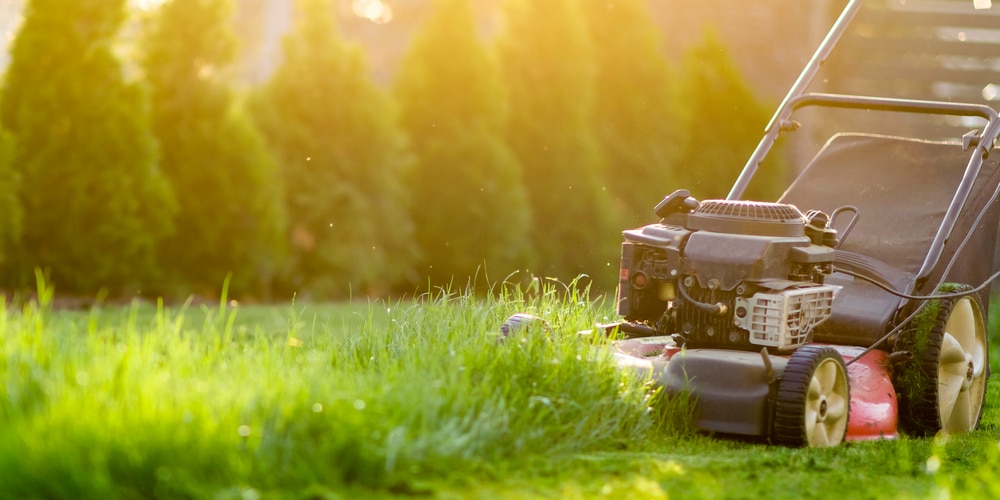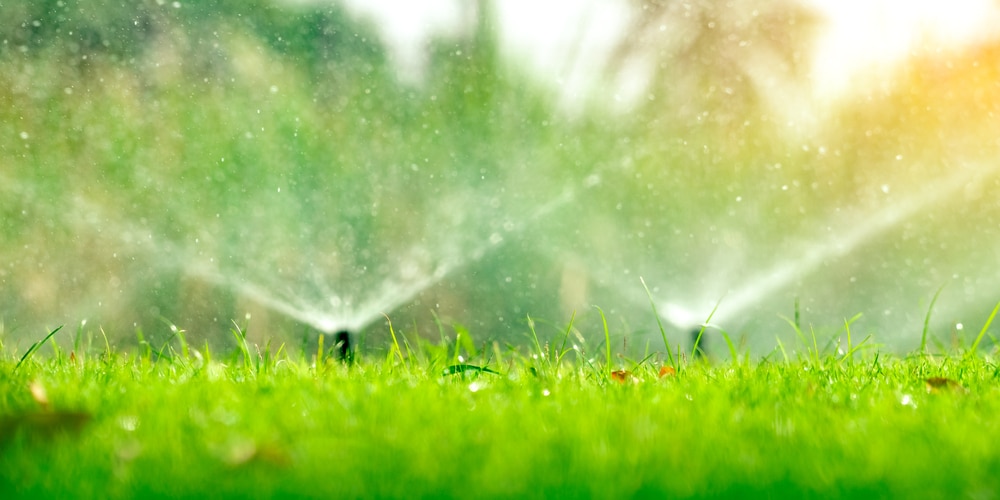Grass can produce seed heads during the spring or summer months, particularly if the weather is hot and there’s been a lot of rain. The seed head grows from the grass stem and produces a flower-like head with clusters that are purple, brown, or cream-colored, depending on the variety of grass. Most plants flower once a year, so it’s normal for grass to produce seed heads as a survival mechanism.
In most cases, the grass grown in lawns will only seed if there are sudden changes in the weather. This is nothing to worry about, as once you cut your grass, the seed heads will disperse. Let’s look at how to get rid of grass seed heads from your lawn.
How to Get Rid of Grass Seed Heads?
Most modern lawn seeds are hybrids of several grass varieties, and when they seed, they create sterile seed heads. This means that the grass won’t grow from the seeds, so you don’t need to worry too much about grass spreading into other areas of your yard, such as the flower beds.
Grass and other plants seed as a stress reaction, which is caused by weather conditions. If it’s too hot or has been raining a lot, the grass may not survive, so it will produce seeds to help the species survive. If you have a healthy lawn, it’s most likely the seeding will stop after a couple of weeks. When seed heads keep being produced, this is a sign that your lawn is stressed, and you may need to change your lawn care regime to help improve its health. This may involve testing the soil Ph range and making the necessary adjustments. Or you may not be watering your lawn enough.
Here are some things you can do to improve the condition of your lawn and stop grass seed heads from being produced.
1. Mowing Your Lawn
If you notice your lawn has produced seed heads, the best thing to do if you notice your lawn has produced seed heads is to cut your grass. In most cases, the seeds won’t grow, so you can add the grass and seed heads to your compost pile. Mow your lawn regularly to cut the tops of the grass and stop them from producing seed heads. It’s recommended that you mow your lawn every five to ten days to get rid of seed heads. Once the weather changes, your lawn will stop producing seed heads.
2. Irrigation
Grass generally produces seed heads if the weather is too hot or there is a drought. Ensure your lawn is watered regularly to keep it healthy and stop it from seeding. You can set up a sprinkler system to water your lawn. Lawns generally need to be watered between one and three times a week, especially if the weather is hot. Enough water will stop your grass from seeding and help keep it green throughout the hot summer.
3. Apply Fertiliser
It’s also a good idea to apply fertilizer to your lawn twice annually, in the spring and fall, to help the grass remain healthy. There are many types of fertilizers available, so it’s essential to do your research and find a fertilizer that’s right for you. If you’ve recently laid sod or planted new seeds, you’ll need a starter fertilizer. For established lawns, 32-0-4 may be the best fertilizer. It’s also a wise idea to test the soil pH range to see if it lacks any essential minerals.
4. Topdressing

You may also like to try top-dressing your lawn using river sand that can be purchased from a garden center. This helps to improve the soil’s structure and introduces nutrients and micro-organisms to your soil. The micro-organisms will help to decompose organic materials such as grass seeds. Topdressing is also a great way to get rid of thatch from your lawn.
Conclusion
By taking good care of your lawn and carrying out the above steps, you’ll improve the health of your grass and get rid of seed heads. You can also aerate your lawn as this will help move nutrients, water, and air around the grasses roots to improve its health. Grass goes to seed as a stress reaction, so taking good care of your lawn throughout the year will help it thrive.


